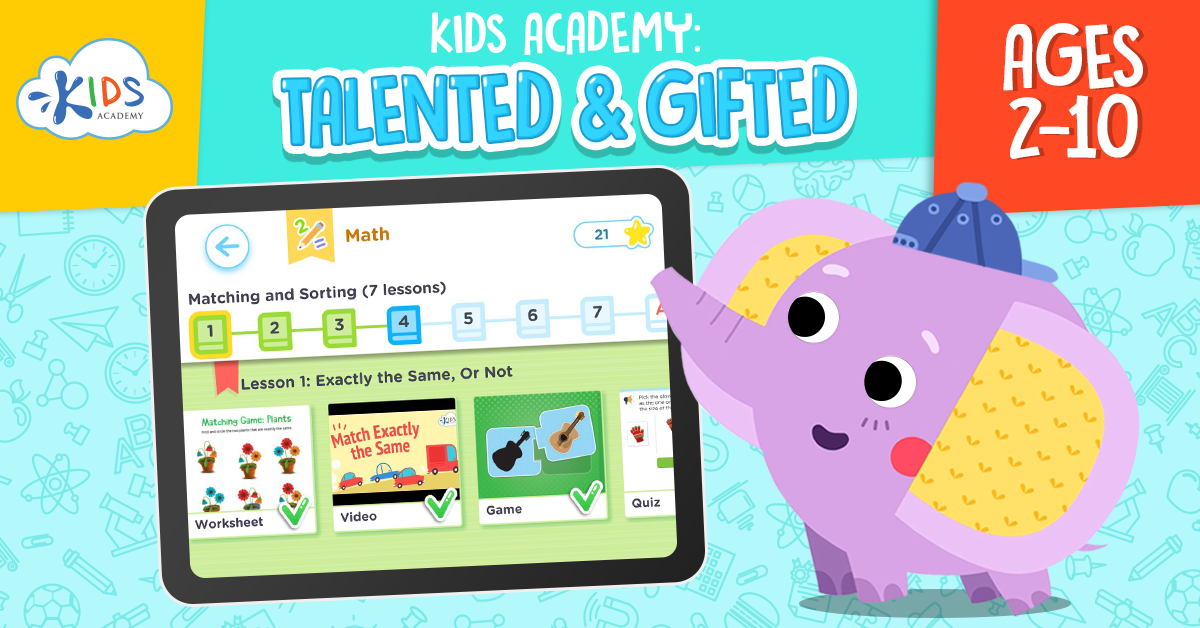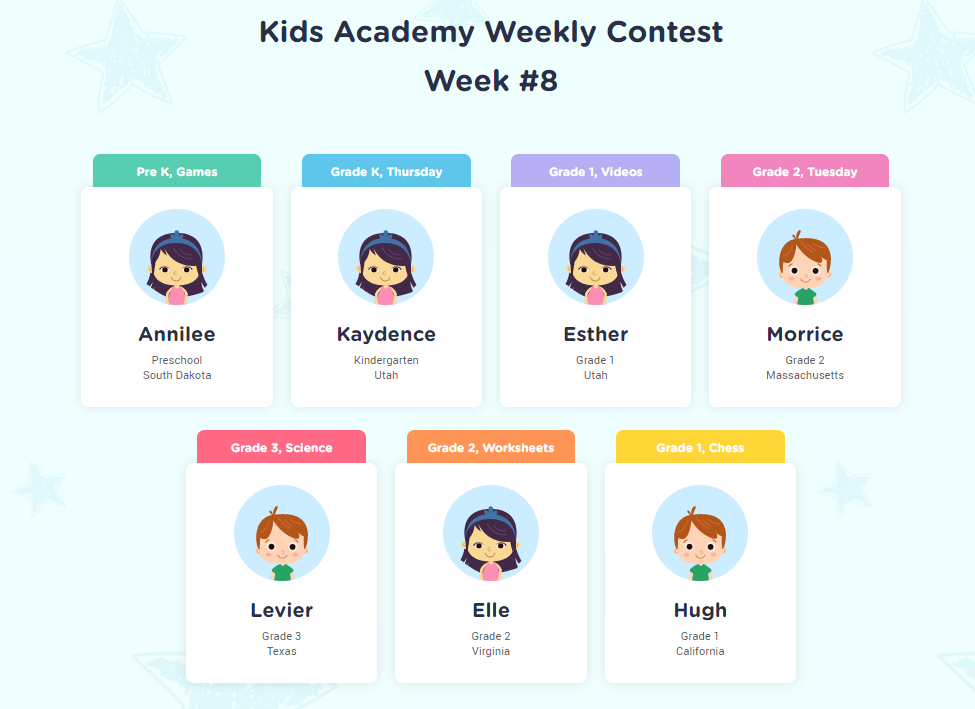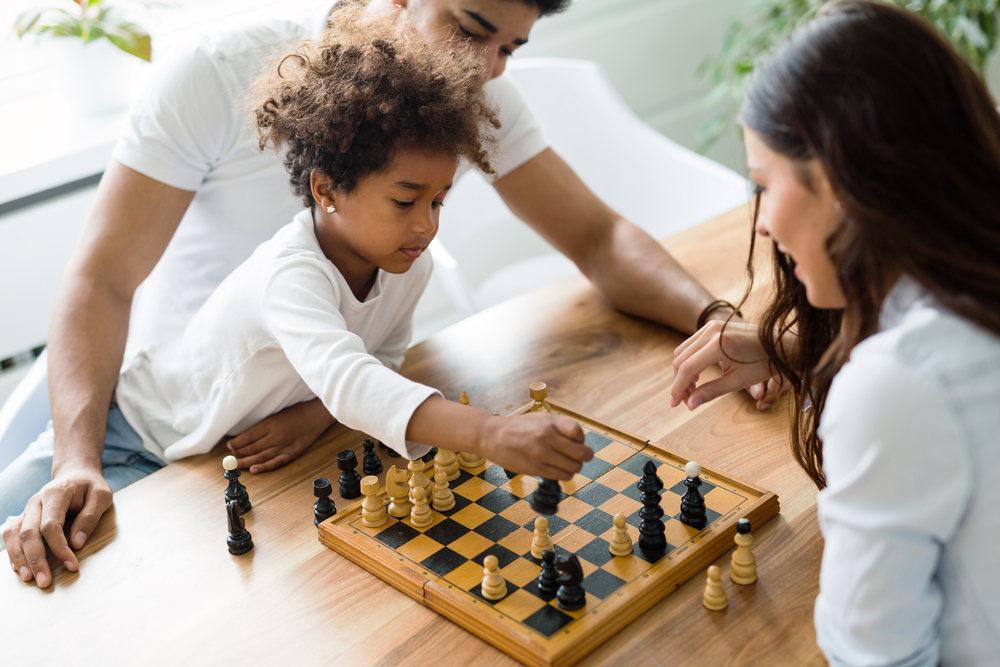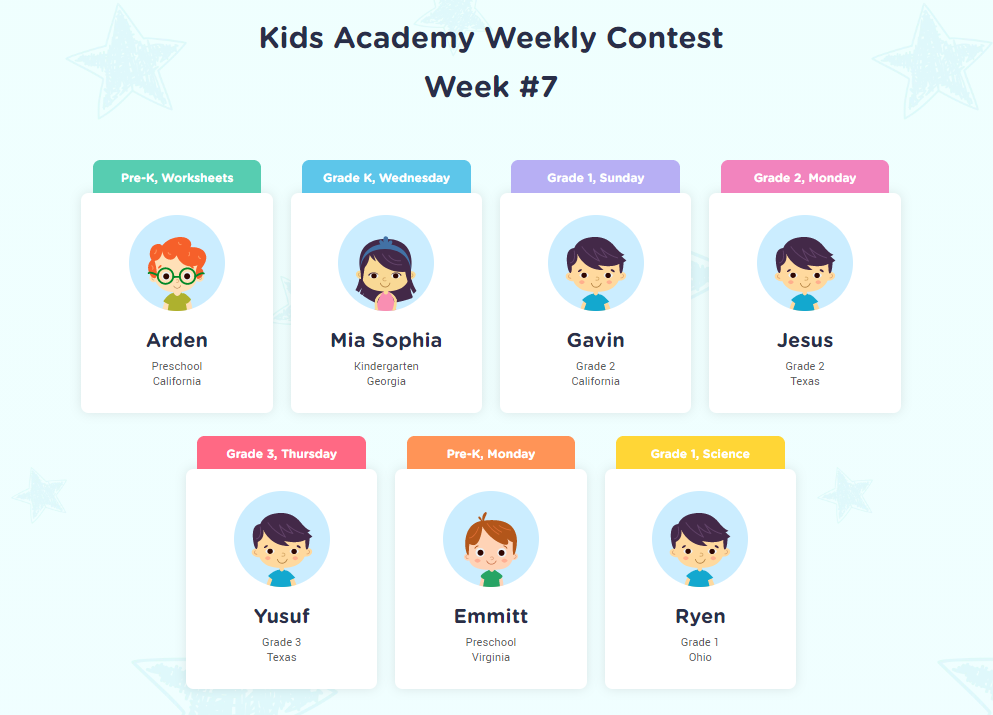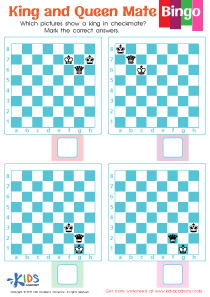Strategic thinking development Normal Chess Worksheets for Ages 5-6
7 filtered results
-
From - To
Unlock your child's potential with our Strategic Thinking Development Normal Chess Worksheets, designed specifically for ages 5-6. These engaging worksheets introduce young learners to the fundamentals of chess while fostering critical thinking and problem-solving skills. Through fun activities and interactive challenges, children will grasp essential strategies, understanding how to analyze situations and make informed decisions. Our thoughtfully created resources promote cognitive development, enhance concentration, and stimulate creativity, ensuring an enriching learning experience. Perfect for the budding chess enthusiast, these worksheets will lay a strong foundation for strategic thinking that extends beyond the chessboard. Start your child's journey to becoming a strategic thinker today!
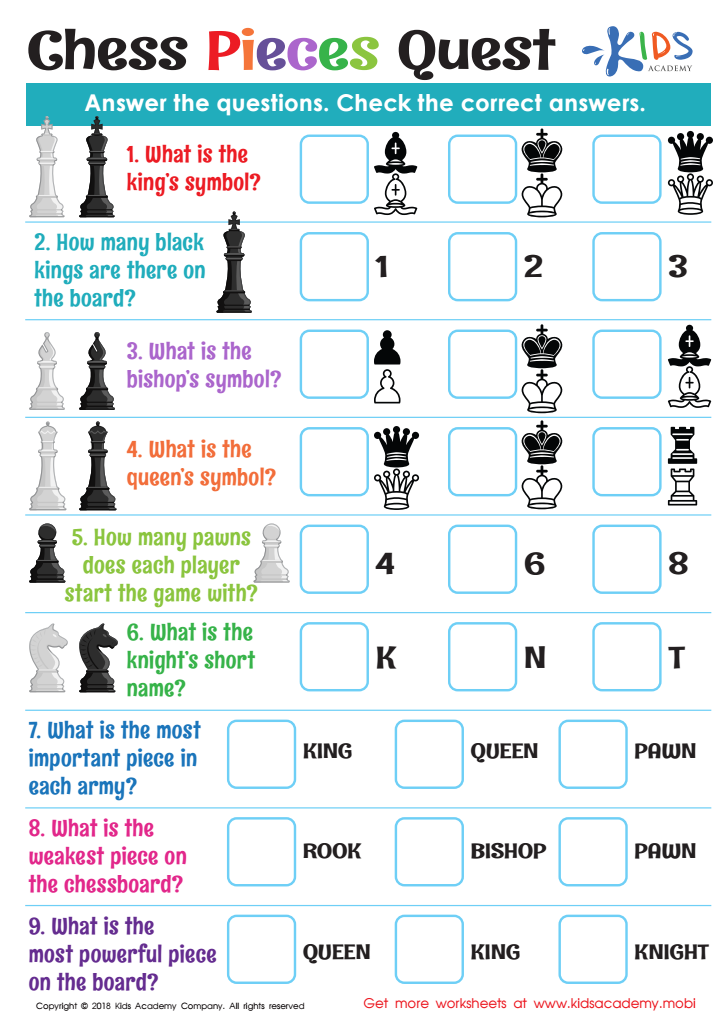

Chess Pieces Quest Worksheet


Notation of Moves Writing it Down Worksheet
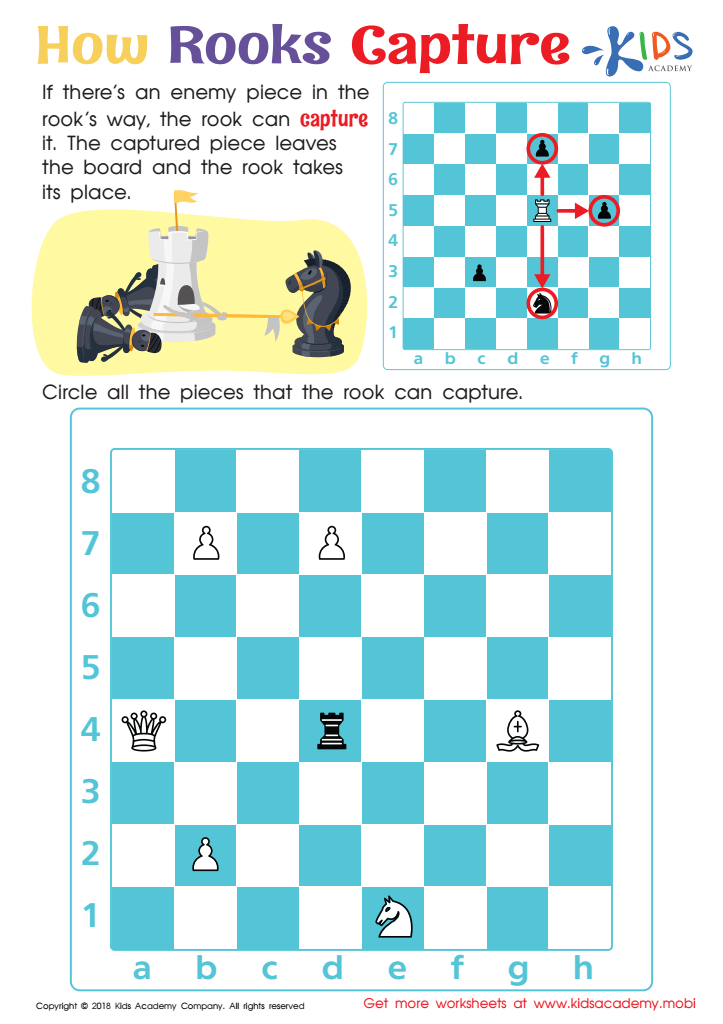

How Rooks Capture Worksheet
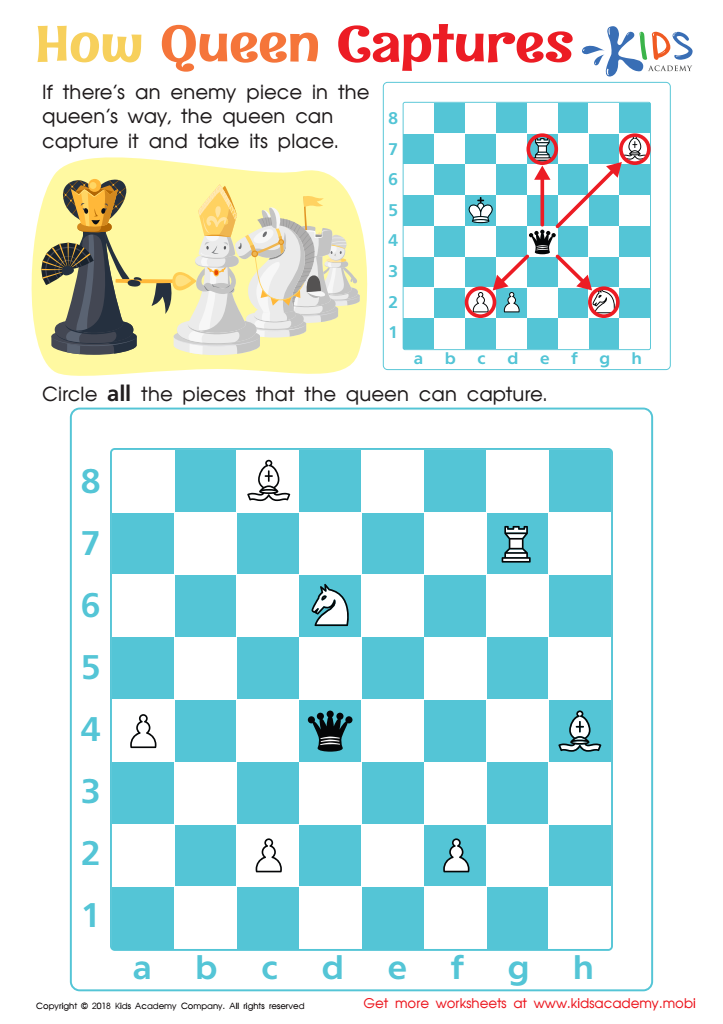

How Queen Captures Worksheet
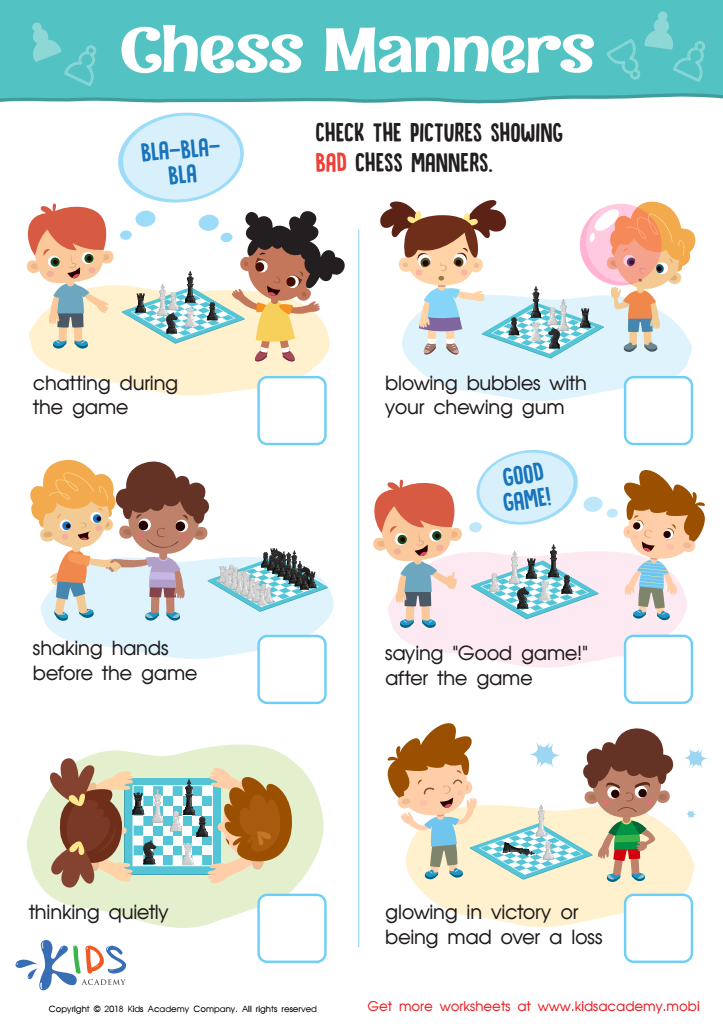

Chess Manners Worksheet
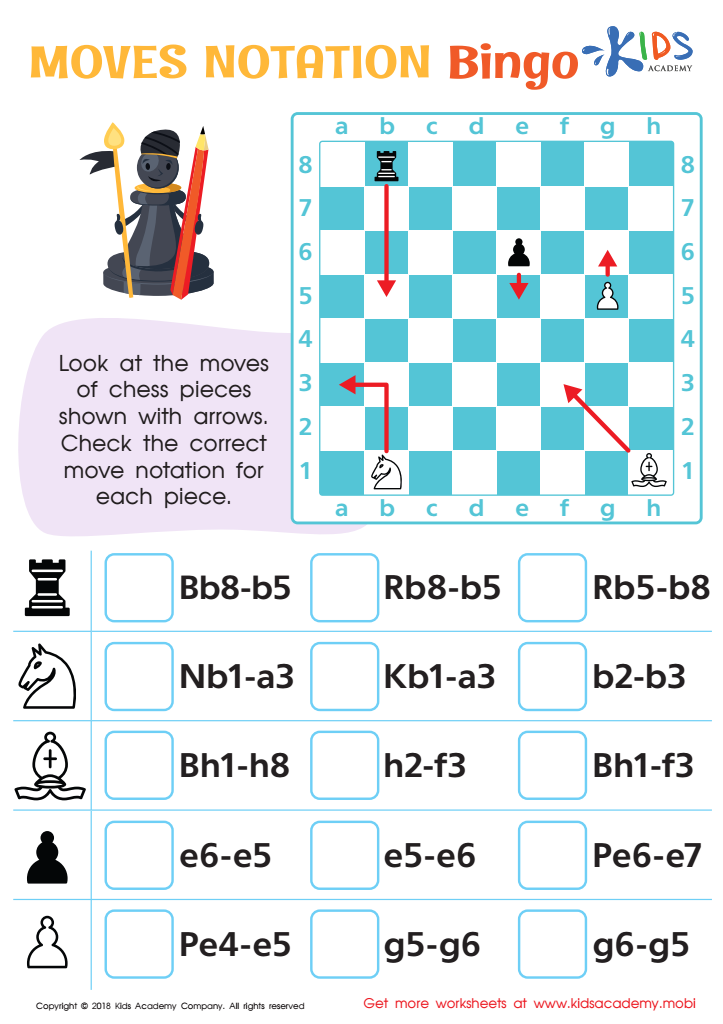

Moves Notation Bingo Worksheet
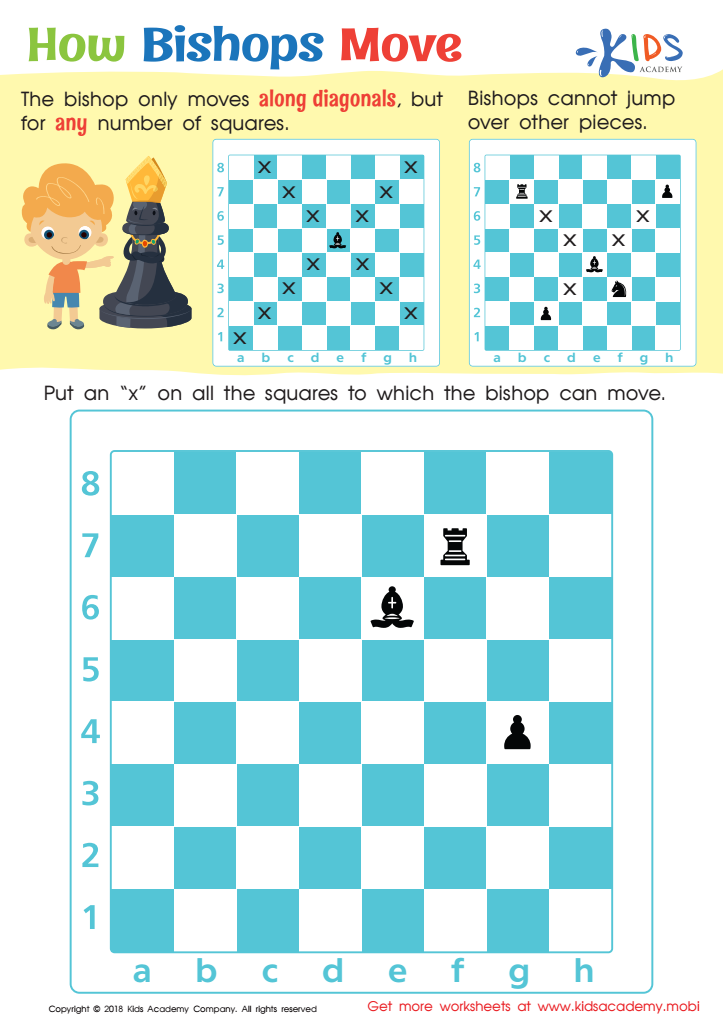

How Bishops Move Worksheet
Strategic thinking is a critical skill that lays the foundation for problem-solving and decision-making in young children. Introducing chess to kids aged 5-6 serves as an excellent tool for nurturing this ability. Chess introduces children to concepts of foresight, planning, and evaluation, encouraging them to think critically about their choices and their consequences.
For parents and teachers, nurturing strategic thinking via chess can result in cognitive benefits. Engaging with chess enhances memory, concentration, and spatial awareness, all of which are essential for academic success. It promotes emotional skills too, teaching kids patience, respect for opponents, and the ability to manage both victory and defeat gracefully.
Moreover, the earlier children are introduced to strategic games like chess, the better they develop these skills. Parents and teachers can contribute to creating environments where strategic play is encouraged, fostering creativity and independent thinking. This unique blend of cognitive and social skills can facilitate a more enriched learning experience, equipping children to face complex situations when they mature. Overall, promoting chess among young children is a fun, effective way to instill lasting strategic thinking abilities that will benefit them throughout their lives.

 Assign to My Students
Assign to My Students






